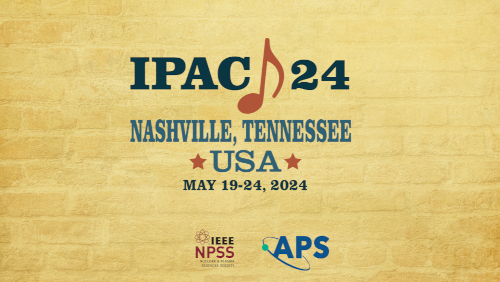Speaker
Description
The occurrence of breakdown events are a primary limiting factor for future accelerator applications aiming to operate under high field-gradient environments. Experimental evidence often leads to a hypothesis that breakdown events are associated with temperature and dark current spikes on the surface of RF devices. In the past decade, there has been increased interest in unveiling the mechanism behind breakdown in metal copper and copper alloys; however, there has been a limited effort regarding breakdown phenomenon in photocathode relevant semiconductors.
In this work, we explore field emission assisted localized heating via Nottingham and Joule processes. Field emission from intrinsic cesium telluride ultra thin film coated on top of a copper substrate was modeled within Stratton–Baskin–Lvov–Fursey formalism, describing the processes and effects in the bulk and at the surface of a semiconductor exposed to a high applied electric field. These heating effects were incorporated into the surface diffusion model, where the surface gradient of the chemical potential defines the time evolution and resulting reorganization of the surface.
Funding Agency
DoE
| Region represented | North America |
|---|---|
| Paper preparation format | LaTeX |

